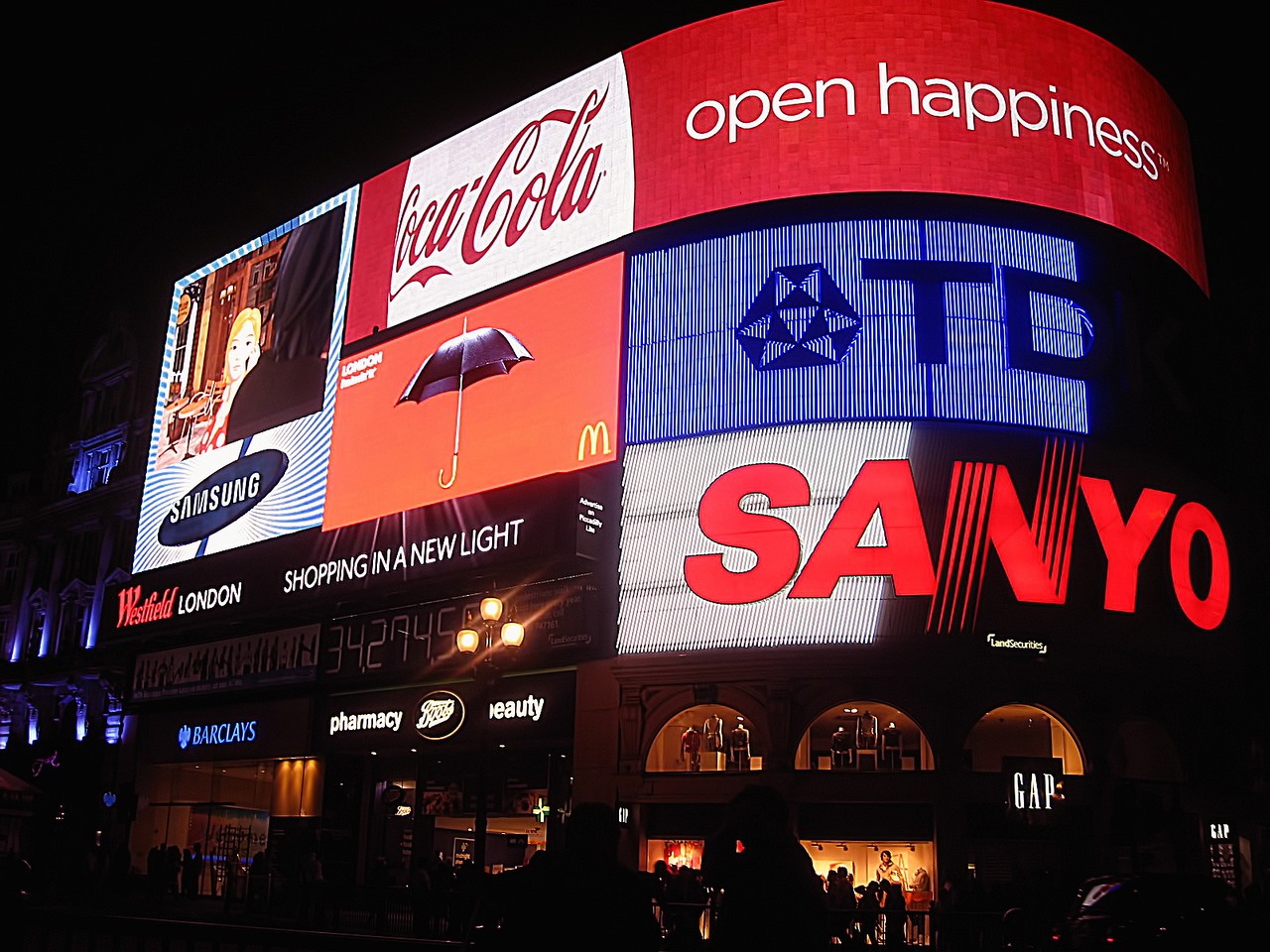
In the ever-evolving landscape of digital marketing, businesses are continually seeking innovative ways to engage potential customers and enhance their online presence. One of the most effective strategies that have emerged is retargeting ads, particularly on social media platforms. This blog post will delve into the intricacies of retargeting ads, how they can be leveraged for social media growth, and how Sociobo can support your efforts in this domain.
Understanding Retargeting Ads
Retargeting ads, also known as remarketing ads, are a form of online advertising that allows businesses to reach users who have previously interacted with their brand but did not convert. Whether a user visited a website, added an item to their cart, or engaged with a social media post, retargeting ads serve as a reminder of the brand and encourage users to return and complete the desired action.

The Importance of Retargeting Ads
The primary goal of retargeting is to increase conversion rates by re-engaging potential customers. According to research by Priority Pixels and Influencer Marketing Hub, retargeting ads can significantly enhance advertising efficiency and optimize marketing budgets. This strategy is particularly potent in the realm of social media, where users are often bombarded with content and may need multiple touchpoints before making a purchase decision.
For instance, consider an e-commerce brand that sells fitness apparel. A user visits the site, browses several products, but leaves without making a purchase. By implementing retargeting ads on platforms like Facebook and Instagram, the brand can serve tailored ads featuring the specific items the user viewed, alongside similar products or limited-time offers. This personalized approach increases the likelihood of conversion, as the ads resonate with the user’s previous interests.
Dynamic Ad Personalization
One of the most powerful tools in the retargeting arsenal is dynamic ad personalization. This technique utilizes user data to create highly targeted ads that adapt in real-time based on individual preferences and behaviors. By leveraging product catalogs or data feeds, advertisers can automatically tailor ad content, including images, text, and offers, to match each user’s interests.

How Dynamic Ads Work
Dynamic ads operate by selecting the most relevant items from a product catalog when a user meets certain targeting criteria. For example, if a user has shown interest in running shoes on a website, dynamic ads can showcase those shoes alongside complementary products like socks or fitness trackers. This not only enhances user experience but also drives higher engagement and conversion rates.
To implement dynamic ads effectively, businesses should:
- Maintain an Up-to-Date Product Catalog: Ensure that the product catalog is comprehensive and regularly updated to reflect current inventory and offerings.
- Set Up Proper Tracking: Utilize analytics tools to track user behavior and interactions, allowing for precise audience segmentation.
- Define Targeting Criteria: Establish clear criteria for audience segments based on user behavior, demographics, and interests.
- Create Flexible Ad Templates: Design ad templates that can accommodate various product types and formats, ensuring a seamless user experience.
- Monitor and Optimize Performance: Regularly analyze ad performance and make data-driven adjustments to improve effectiveness.
By harnessing the power of dynamic ad personalization, businesses can create a more engaging and relevant advertising experience for users, ultimately driving higher conversion rates and return on investment.
Segmentation for Precise Targeting
Segmentation is a crucial strategy in retargeting that allows businesses to divide their audience into distinct groups based on specific characteristics. This enables more personalized and effective communication, enhancing marketing efficiency.

Types of Segmentation
- Demographic Segmentation: Dividing the market based on factors such as age, gender, income, and education. For example, a luxury brand may target affluent individuals aged 30-50.
- Geographic Segmentation: Grouping customers based on their location, which can be useful for businesses with location-specific offerings.
- Psychographic Segmentation: Focusing on customers’ lifestyles, values, and interests. For instance, an eco-friendly product brand may target environmentally conscious consumers.
- Behavioral Segmentation: Grouping customers based on their actions, such as purchasing habits and brand interactions. This is particularly effective for e-commerce platforms.
- Firmographic Segmentation: Used primarily in B2B marketing, this method segments businesses based on characteristics like company size and industry.
Implementing Effective Segmentation
To implement effective segmentation, businesses should follow a structured approach:
- Define the Target Market: Identify the specific audience segments that align with business goals.
- Collect Relevant Data: Gather data on customer behaviors, preferences, and demographics.
- Analyze the Data: Identify distinct segments based on the collected data.
- Create Customer Profiles: Develop detailed profiles for each segment to guide marketing strategies.
- Develop Targeted Strategies: Tailor marketing messages and campaigns to resonate with each segment’s unique needs.
Advanced technologies, such as AI-powered tools, can significantly enhance segmentation efforts by analyzing vast amounts of customer data in real time, leading to more nuanced and effective targeting strategies.
Utilizing Facebook Pixel for Retargeting
The Facebook Pixel, now known as the Meta Pixel, is a powerful analytics tool that allows marketers to measure the effectiveness of their advertising and optimize their Facebook ad campaigns. This small piece of JavaScript code, when placed on a website, provides crucial insights into how users interact with Facebook ads and their subsequent behavior on the website.

Benefits of Using Facebook Pixel
- Conversion Tracking: The pixel enables advertisers to understand how their Facebook ads influence user actions on their website, such as purchases or sign-ups.
- Ad Optimization: By analyzing user behavior data, advertisers can create custom audiences and retarget users who have previously interacted with their website.
- Remarketing: The pixel allows businesses to show targeted ads to people who have previously visited their website, increasing the chances of conversion.
- Lookalike Audiences: Advertisers can leverage the data collected from existing customers to target new users who share similar characteristics and behaviors.
Best Practices for Using Facebook Pixel
To maximize the effectiveness of the Facebook Pixel, marketers should:
- Refine Targeting: Use pixel data to create more relevant ad copy and choose appropriate ad types.
- Manage Campaigns Efficiently: Utilize Facebook Business Manager to handle multiple client campaigns effectively.
- Leverage Remarketing: Create persuasive ads tailored to users’ previous interactions with the brand.
By utilizing the Facebook Pixel effectively, businesses can gain deep insights into their audience, optimize ad spend, and create more targeted and effective advertising campaigns.
The Role of Sociobo in Social Media Growth
As businesses strive to implement effective retargeting strategies, the role of social proof becomes increasingly important. Sociobo offers a unique approach to enhancing social media profiles through the concept of “social proof aggregation.” By systematically boosting a brand’s visibility, authority, and influence on social media platforms, Sociobo enables brands to reach a wider audience and attract genuine engagement.

How Sociobo Enhances Your Retargeting Efforts
- Aggregated Followers: Sociobo provides aggregated followers—high-quality bot accounts that engage with your content. This boosts engagement rates and improves profile discovery, making your brand more attractive to organic followers.
- Improved Credibility: High engagement metrics suggest credibility and popularity, which can enhance your social media presence and attract more genuine followers.
- Customized Experience Packages: Sociobo offers tailored service packages across various platforms, including Instagram, TikTok, YouTube, Facebook, and Spotify, allowing businesses to choose the best solutions for their specific needs.
- Enhanced Visibility: By leveraging Sociobo’s services, businesses can optimize their social media profiles, making them more appealing to potential customers and increasing the effectiveness of retargeting ads.
In the competitive world of digital marketing, retargeting ads represent a powerful strategy for re-engaging potential customers and driving conversions. By utilizing dynamic ad personalization, effective segmentation, and tools like the Facebook Pixel, businesses can create highly targeted advertising campaigns that resonate with their audience.
Sociobo stands ready to support your social media growth by enhancing your brand’s visibility and credibility through social proof aggregation. By integrating Sociobo’s services into your marketing strategy, you can amplify the effectiveness of your retargeting efforts and foster genuine engagement with your audience.
If you’re ready to take your social media growth to the next level, explore the tailored solutions offered by Sociobo. Visit Sociobo.com today to learn more about how we can help you leverage social media to build your personal or brand identity. Together, let’s transform your social media presence and drive meaningful results for your business.






No comment yet, add your voice below!